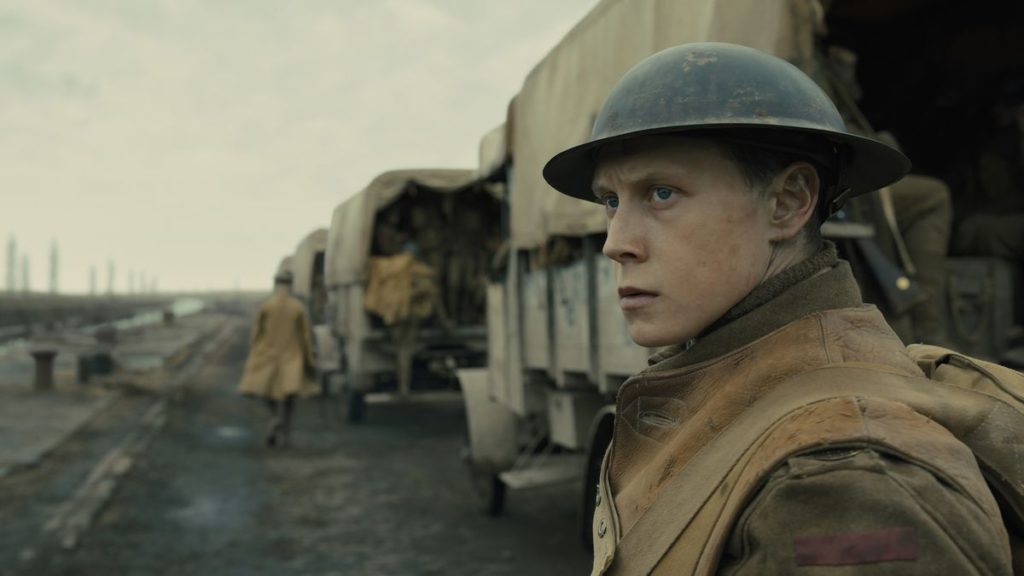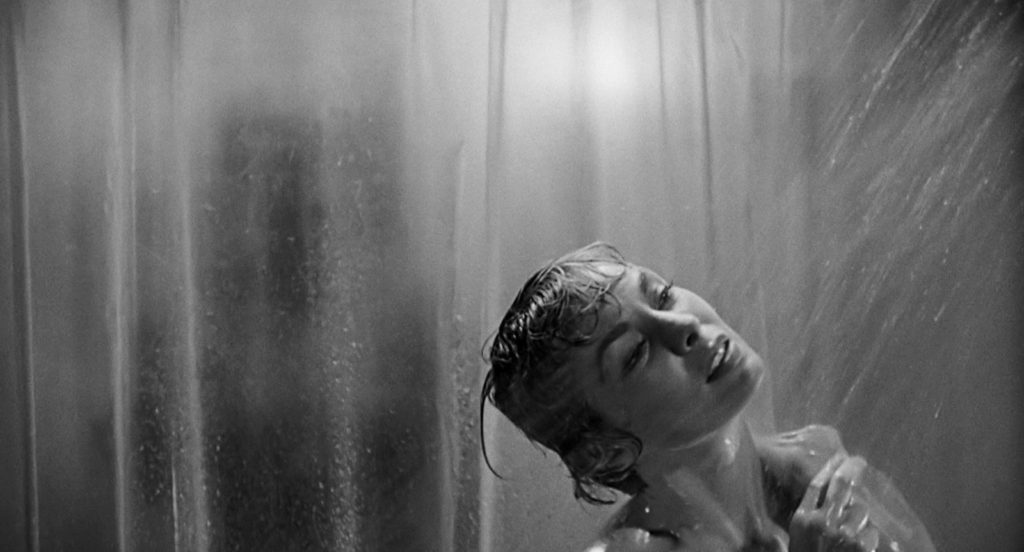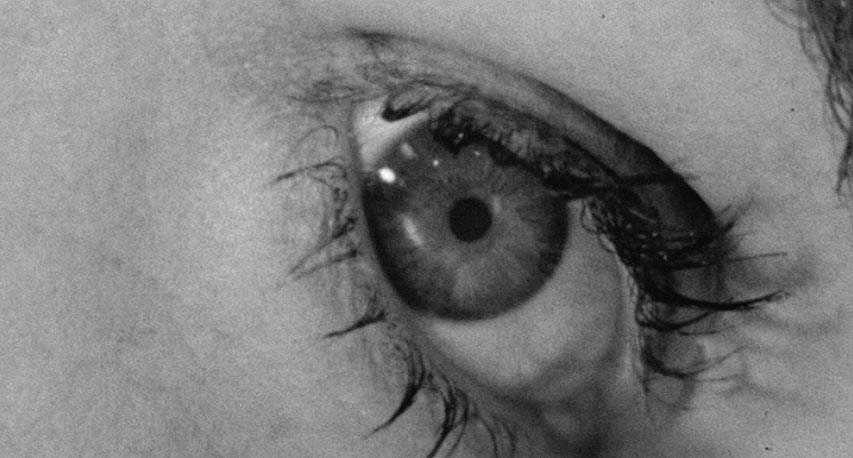Cinematographer
Editor
Sound Designer
Cinematographer
Editor
Sound Designer
The Director of a film is the one with the creative/artistic vision, they Direct everyone working on set so the crew can all work towards the same vision efficiently. If the Director doesn’t share what they want or direct the crew well then the film typically won’t come together as well as the Director envisioned it.
The director works throughout the film, pre-production and post-production. The Director usually works closely with crew members such as the cinematographer so that the Director can share their artistic vision throughout the film production. When working closely with crew members a Director would always be open for interpretation, especially from a respected name in the industry, so the Directors artistic vision may shift or be appropriated by others vision.
The Director is employed by Producers mostly, ‘within the film industry directors are usually employed on a freelance, self-employed basis by independent production companies. Independent production companies and individual producers often initially develop projects without a director attached – they’ll start looking for a director as they begin seeking finance for the project. The choice of director is often key to receiving financial backing for a project, as it’s the director’s experience, reputation and artistic value that will help to convince or satisfy the requirements of individuals or organisations funding the film project.’
Responsibilities
As a film director, you’ll need to:
Overall ‘the Director is integral to the success of any film project. As a director you’ll contribute to all the creative elements of a production and will be responsible for shaping them into a cohesive film.’
‘In order to do this, you’ll need a strong creative vision and the ability to communicate your ideas to a variety of people throughout the production process. This will include your production team, crew, actors and those responsible for financing the film.’
Cinematographers work closely with the Director to determine and interpret the directors artistic vision on the camera angles, lighting, shot types etc.
‘Cinematographers film motion pictures. They usually have a team of camera operators and assistants working under them. They determine the angles and types of equipment that will best capture a shot. They also adjust the lighting in a shot, because that is an important part of how the image looks.’
Cinematographers require:
Sound Designers implement the element of sound to the film. This can be used to create further meaning, change the tone, create an appropriate atmosphere and change tempo of a scene.
The sound of a film is as important as the visuals. Sound designers can create SFX in very inventive ways, with the top end equipment which they generally have access to on higher budget films they have the ability to make the sounds very accurate to what is appearing on screen.
Responsibilities:
Cinematographer: https://www.raise.me/careers/media-and-communication/film-and-video-editors-and-camera-operators/cinematographers/
Director: https://www.prospects.ac.uk/job-profiles/film-director
cinematographer:
A cinematographer is essentially in charge of how the movie looks. Camerawork, lighting, focus, and shot composition all fall under the cinematographer’s purview. their job is to handle the practical work of capturing the director’s vision for how a movie should look. they analyse the screenplay, characters, and story structure and deciding on a visual approach with the director, Conducting research regarding available locations, props, and weather conditions at the prospective film sites, visit locations and take a series of test shots before deciding on the angles, filers, film stock, framing, equipment, lighting, and techniques that will be used to create the desired atmosphere of the film, and Approving costumes, make-up, and hair, as well as the colour and textures used on set.
Selected roles: Sound, Cinematographer, and Editor
Production Role 1: Sound design
Sound editors/designers
A sound editor is one responsible for managing soundtracks and assembling sound recordings in preparation for the final sound mixing (Post-Production). Additionally, sound designers, i.e. Foley artists are the ones who create these sounds in post for specific scenes in films by using a wide variety of props and items. Sound is an important contributor to a film’s narrative and can change the effect of a scene on an audience.
Inquiry into sound designers in film
An example of a film that utilizes sound design effectively would be ‘A quiet place (2018)’ directed by John Krasinski with sound designers Erik Aadahl and Ethan Van der Ryn (both Oscar-Nominated sound designers). The film has gained a reputation for being ‘silent’ due to the lack of dialogue. As stated by Emily VanDerWerff in an article focused on the sound design of ‘A quiet place’, “Viewers are not used to a stripped-down environment, where they can hear themselves breathing or crunching on popcorn.” Noise is dangerous-This is what the audience registers due to the film’s main danger, which is sound and the consequences that it has (attracts creatures). Additionally Ethan Van der Ryn stated during an interview that “Conversely, there’s three moments in the film where we take all of the sound out, and I think those are probably the most shocking and in many ways the most intimate moments in the movie.” The sound team aimed to create the strongest relationship between the sound and the audience.
The sound design team slowed down audio recordings of tasers to create the infamous clicking sound of the creatures, and Foley artists created the sound of footsteps by walking bare foot on sand.


Production Role 2: Cinematography
Cinematography
A cinematographer is the one responsible for the development, look, and feel of the images that make up the final scene. Cinematography makes use of motion capture technology. It involves techniques such as the composition of a scene; the lighting of the set or the location; the choice of cameras, lenses, filters, film stock; camera angles, and movements; and integration of any special effects.
Inquiry into cinematography in a film: ‘1917 (2019)’
The film ‘1917 (2019)’ directed by Sam Mendes is made to appear as a single continuous take; mainly used to immerse the audience even further into the film and the character’s narrative. A film is typically made of a large number of camera shots, which are combined in post production. A long take is a shot that is uninterrupted for a longer time than a typical take would be. Mendes worked with cinematographers Roger Deakins and Thomas Newman. The film was shot in a number of takes, edited to make it look as if the viewer is watching a single take. The film tracks two British soldiers on a perilous mission during World War I, with much of the journey taking place along a trench. This long take was a very difficult and expensive process, if one of the actors were to have an accident the retake of that long shot would cost millions. The film does not feature any visible ‘cuts’, but uses physical objects to transition into another scene (wipe), this technique was used to prevent a disconnect in immersion with the film.


Production Role 3: Editing
Editing
Editing is the process of selecting and preparing footage, visual, audio, or cinematic material. Editing is done by a specialized user to portray information or convey a message. Editing is both a creative and technical part of a post-production process and is one of the essential elements in filmmaking. Editing techniques can vary from cuts, wipes, dissolves, cross cuts, shot reverse shot, fades, etc. These types of cuts are usually used as a transition that shows progression within the film (narrative and characters)
Inquiry into editing in film: ‘psycho (1960)’
The film ‘Psycho (1960)’ directed by Alfred Hitchcock and edited by George Tomasini, features a wide range of editing techniques to add further emphasis into the narrative, such as graphic matches and cuts; Martin Scorsese stated “Every Cut a weapon”. Tomasini and Hitchcock are masters at creating tension before an event occurs. Hitchcock himself believed that ‘what leads to the event is more important than the event itself,’ and by using editing they are able to further draw the audience within the film. The film features various types of match cuts; the most memorable being the graphic match with an eye and a shower sink.


Editor:
Editors plan, coordinate, and revise material for publication in books, newspapers, or periodicals or on websites. Editors review story ideas and decide what material will appeal most to readers. During the review process, editors offer comments to improve the product and suggest titles and headlines. In smaller organizations, a single editor may do all the editorial duties or share them with only a few other people.
Editors roles:
Sound Designer:
The Sound Designer is responsible for obtaining all sound effects, whether recorded or live for a specific production. He/she is also responsible for setting up the sound playback equipment and must make sure the board operator is properly trained. Sound Design is an artistic component of the production.
Sound designers roles:
Cinematographer:
A cinematographer, also known as a Director of Photography, is in charge of the camera and the lighting crew. They’re the person responsible for creating the look, colour, lighting, and for framing of every single shot in a film. The cinematographer may also act as the camera operator on more low-budget productions.
Cinematographers role:
Cinematographer:
‘in charge of the camera and the lighting crew’
‘responsible for creating the look, color, lighting, and for framing of every single shot’
‘director and cinematographer work closely together (main job is to ensure that their choices support the director’s overall vision for the film)’
‘may also act as the camera operator on more low-budget productions’
DUTIES AND RESPONSIBILITIES:
‘Chooses a visual style for the film‘
‘Establishes the camera setup for every shot‘
‘Determines the lighting for every scene‘
‘Explores the potential of every location‘
‘Explores the potential of every location‘
‘Elevates the vision of the director‘
(source – masterclass.com)
Director:
‘determines the creative vision of a feature film’
‘have complete artistic control of a project’
‘a strong grasp of technical knowledge taught in directing classes’
‘a personal or emotional connection to the material’
DUTIES AND RESPONSIBILITIES:
(pre-production)
‘Assemble a team‘
‘Create your vision for the film and communicate it to your crew‘
‘Discuss your vision with each key crew member individually‘
‘Make casting choices‘
(during production)
‘Guide the actors through scenes‘
‘Ensure every department is doing its job‘
‘Communicate with everyone as much as possible‘
‘Keep your artistic vision alive‘
(post-production)
‘Give notes to the editor‘
‘Check in with post-production teams‘
‘Give final signoff‘
(source – masterclass.com)

Louis le Prince created the first Motion picture was created way back in 1888 and cinematography has evolved significantly since then. The first motion pictures had no sound and were in black and white, however 100 years later it is now completely digital, high definition, includes sounds and also has intriguing visual effects that could have never been possible when cinematography first started. Louis is inspirational as he kickstarted the idea of cinematography.
Louis Aimé Augustin Le Prince was a French artist and the inventor of an early motion-picture camera, possibly the first person to shoot a moving picture sequence using a single lens camera and a strip of film.
The world’s earliest surviving motion-picture film, showing actual consecutive action is called Roundhay Garden Scene. Roundhay Garden Scene is a very brief silent motion picture filmed on 14 October 1888 and believed to be the oldest surviving film in existence. French inventor Louis Le Prince photographed the scene, which is set at Oakwood Grange in Roundhay, Leeds in the north of England.
Louis le prince went missing in 1890. Shortly after a body was found which resembled Louis.
A photograph of a drowned man pulled from the Seine in 1890, strongly resembling Le Prince, was discovered in 2003 during research in the Paris police archives. The most likely explanation for his disappearance is thus that, having failed to get his moving picture to work and now in debt, he chose to take his own life
WIKIPEDIA-
https://en.wikipedia.org/wiki/Louis_Le_Prince



Alice Ida Antoinette Guy-Blaché was the first female film editor. She’s inspirational as she showed that females can also do what males do in the film industry and she proved to society that women could do it the same as men which is why she is an inspiration to the editing world.
Alice Ida Antoinette Guy-Blaché, pioneer of the French and American film industries. The first woman director, she is also generally acknowledged to be the first director to film a narrative story.
Guy directed her first moving picture, La Fée aux choux, The Cabbage Fairy. La Fée aux Choux (The Cabbage Fairy, 1896) is considered the first fictional film with a scripted narrative. It was created by trailblazing French filmmaker Alice Guy-Blaché. It’s a brief fantasy tale involving a strange fairy who can produce and deliver babies coming out of cabbage.
wikipedia-https://en.wikipedia.org/wiki/La_F%C3%A9e_aux_Choux


The 3 Film Roles I’d like to use are:
Film Role 1: Cinematographer
Film Role 2: Sound Designer
Film Role 3: Director